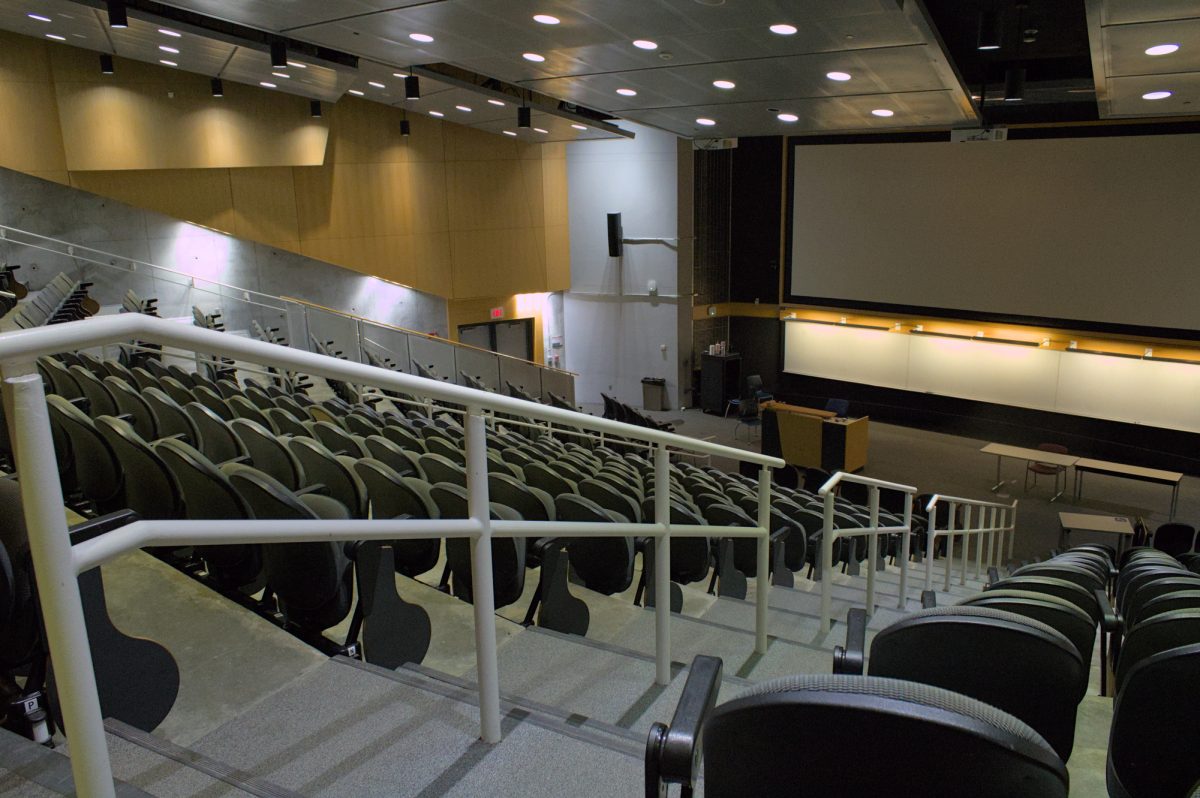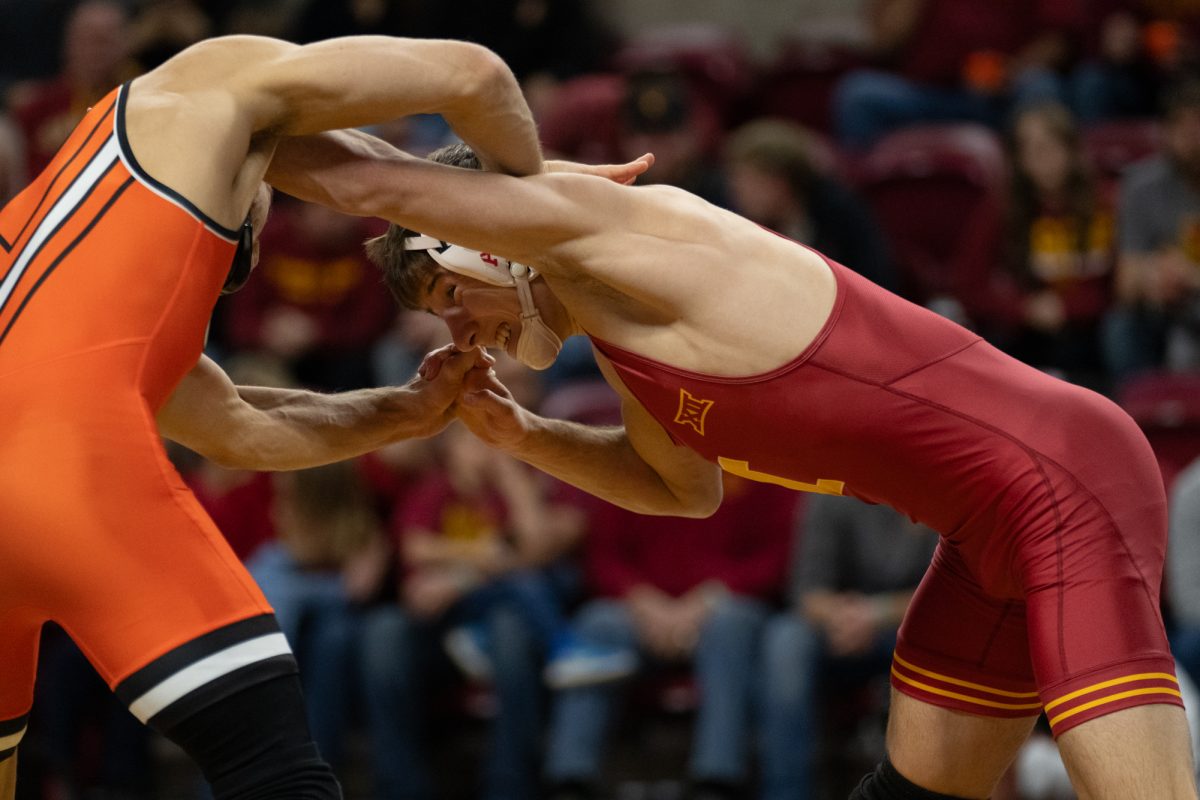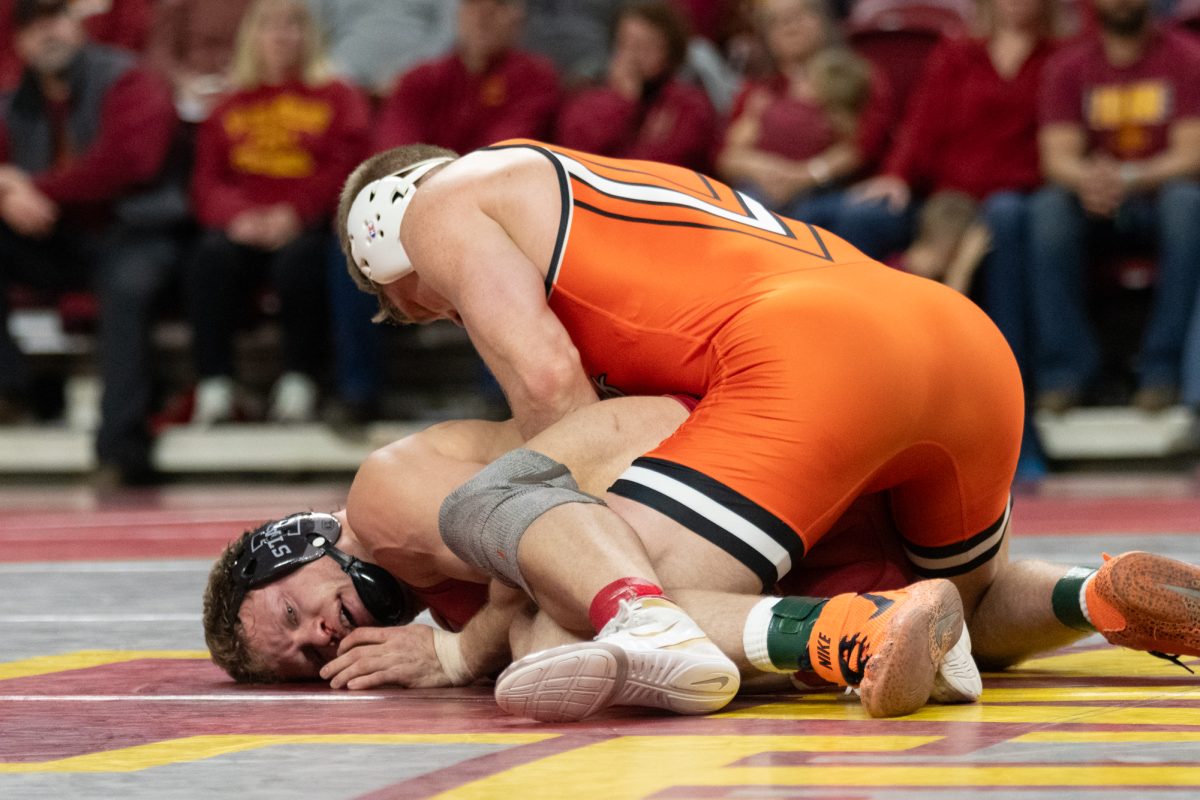Ames schools officials debate taxing options
November 15, 1999
Story County school districts have all voted in favor of a 1 percent sales tax increase to raise money to pay for school infrastructure.
Pending a decision from the Story County Board of Supervisors on Nov. 23, Ames and the rest of Story County may be voting on this issue Feb. 15.
Unlike property taxes, which usually are in effect for 15 to 25 years, the sales tax would be in effect for 10 years. By the end of its tenure, the tax will collect about $64 million for the schools.
If the tax passes, Ames will be using the money to build either a new high school or middle school. Other schools in Story County will use the money to pay off bonded indebtedness.
Steve Ringlee, Ames school board president, said there are three types of school districts in Story County.
“Some districts will use this money dollar for dollar to pay off bonded indebtedness,” he said. “Other districts, like Ames, haven’t had a new building in a long time. They don’t have any bonded indebtedness, but we need a new secondary facility.
“Then the other districts, like Gilbert, have exhausted their bonding capacity. They are growing rapidly and are overcrowding,” Ringlee said. “They will use the new revenues to support construction of a new facility because they are at the maximum for property taxes.”
R. Nick Johns, superintendent of Ames schools, said Story County’s other option would be to impose a new property tax, which the county’s school boards feel would be more detrimental to the communities.
“The local-option sales tax draws on a larger population basis,” Johns said. “If we were to build a new school and it is paid for by property taxes, it will only be paid for by Ames residents. With a sales tax, we have others who purchase things in Ames contributing.”
The sales tax would not be applied to food, medical supplies, car purchases or agricultural supplies and equipment. It was made possible by a law passed by the 1998 Iowa Legislature, which allowed counties to provide for public school infrastructure through a local-option sales tax.
Johns said Story County schools are in disrepair, and the new legislation provided a good alternative to property tax in getting the money to fix them.
“There were so many needs we were unable to address as far as Legislature was concerned because the schools had to tax their community through property tax, and there was a reluctance of voters to approve a property tax,” he said.
If the sales tax increase is approved, taxable items will have a 1 cent increase per dollar. The money then will go to the Department of Revenue, earmarked for Story County. Each month the state would cut a check to each of the seven school districts in the county based on the percentage of students each has. Ames has 45.9 percent of Story County’s students.
The main concern for both the school boards and the residents of the county is whether the tax will be regressive or not.
“The way we look at it, lower-income people are actually better off by a combination of local-option sales tax and property taxes than just a property tax,” Johns said.
Ringlee said college students also will be better off by a combination of the taxes.
“We have two options: a local sales tax or a property tax,” he said. “Property taxes are heavily weighted toward home owners and against renters. Renters need to consider all the hidden payments they are making on their monthly rent. Many don’t realize they have a property tax clause in the lease.”






